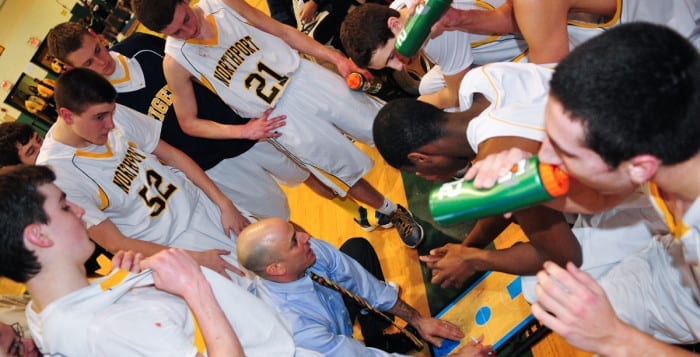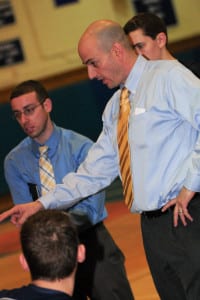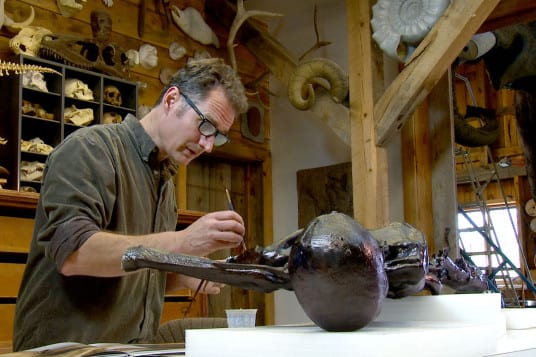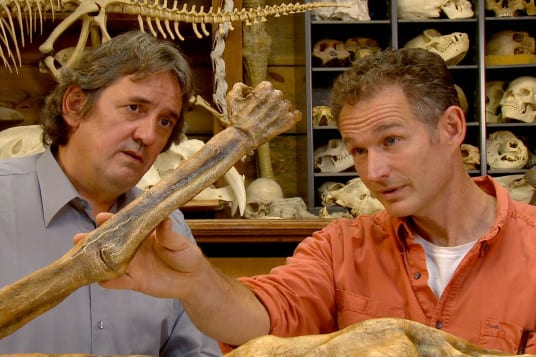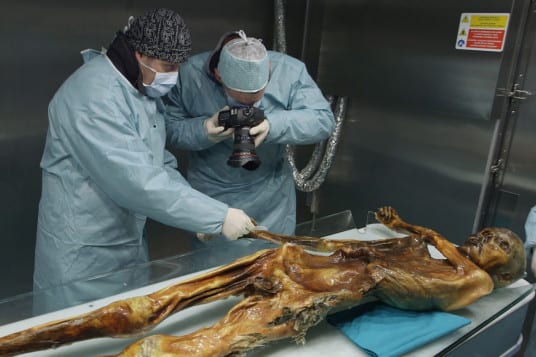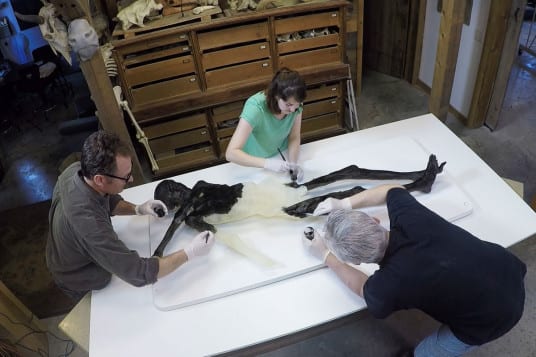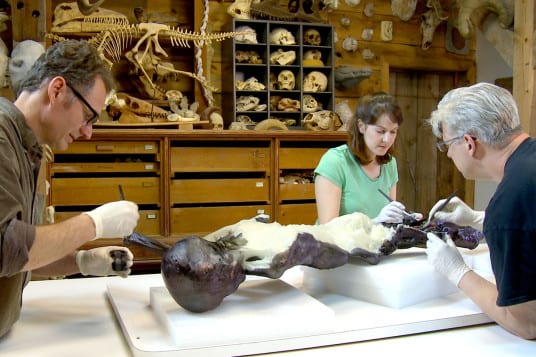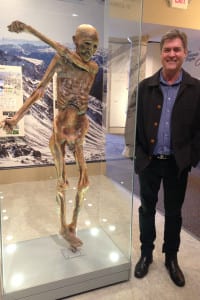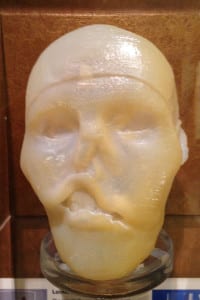Unfair fight
On Feb. 9 police arrested a woman from Port Jefferson for assault after they said the 40-year-old attempted to enter her victim’s bedroom at the Fairfield Falls apartment complex on President’s Drive. The victim tried to prevent the suspect from entering the room and was holding a steak knife to protect herself. During the struggle to open the bedroom door, the suspect allegedly took the knife and cut the victim. Police arrested the woman at the scene at 9:37 a.m.
Not so bright
A 40-year-old woman from Miller Place was arrested for driving while ability impaired in a 2012 Hyundai Tuscon on Feb. 8 after crashing into a light pole near the corner of Route 25A and Miller Place Road. Police arrested her at the scene.
Underage and over the limit
Police arrested a 16-year-old boy for driving while ability impaired on Feb. 8. The Selden teen was driving a gray 2005 Acura west on Jericho Turnpike when he failed to maintain his lane. Police arrested him at the corner of Dawn Drive in Centereach around 2 p.m.
On the road again
On Feb. 14, a 21-year-old man from Coram was arrested for leaving the scene of an accident, after police said he crashed his 2004 Mercedes-Benz into a parked 2015 Jeep Wrangler on Barone Drive on Feb. 5 and fled the scene.
Cruisin’ over the rules
Police arrested a man from Smithtown on Feb. 10 for driving with a suspended license and false impersonation. According to police, the 29-year-old had been driving a Nissan Altima on Norwood Avenue in Port Jefferson Station and when pulled over had allegedly given police a different person’s name.
Caught at knifepoint
On Feb. 10, a Rocky Point resident was arrested for assault. Police said the 43-year-old man cut someone with a knife at a residence on Teepee Road. The victim was taken to John T. Mather Memorial Hospital in Port Jefferson.
Suspect was uber upset
An unknown person punched and broke a window of the Islandwide taxi on Main Street in Port Jefferson. Police said the incident happened on Feb. 11 around 9:56 p.m.
I spy an iPhone
Between 3 and 11:15 a.m. on Feb. 13, someone stole an iPhone from another person at Junior’s Spycoast bar on Main Street in Port Jefferson.
Roll out
According to police, on Feb. 13 between 1 and 9:30 a.m., an unidentified person stole an all-terrain vehicle from a residence on Tyler Avenue in Miller Place.
Big larceny
On Feb. 9, someone stole a wallet from a locked office in Big Lots at the Centereach Mall.
Going on Holiday
Someone stole a 1996 Acura from a residence on Holiday Park Drive in Centereach on Feb. 12 around 1 a.m.
Morning mischief
Between midnight and 9:40 a.m. on Feb. 14, an unknown person stole money and a key from an unlocked Jeep parked on Cedarhurst Avenue in Selden.
Pocketed
On Feb. 12 around 2:30 a.m., an unidentified person stole a pocketbook from a residence on Krispin Lane in Setauket-East Setauket. The pocketbook contained a wallet, credit cards and a phone. Police didn’t say how the suspect entered the home.
Copping some pipes
Police said an unidentified person entered a residence on Annandale Road in Stony Brook through an unlocked garage door and stole copper piping on Feb. 11.
Hibachi heist
A 50-year-old woman from Kings Park was arrested on Feb. 14 for stealing money from someone’s wallet at K60 Japanese Steakhouse in Lake Grove on Jan. 15, police said. She was charged with grand larceny.
Matinee street fight
On Feb. 13, at about 1 p.m., a 21-year-old man from Port Jefferson was arrested for punching another man in the face following an argument at a location near the Islandia Shopping Center, police said. The victim was treated for injuries at Southside Hospital in Bay Shore, according to police. The man was charged with third-degree assault.
Fight night
At a home on Elder Drive in Smithtown just before 9 p.m. on Feb. 13, an 18-year-old woman from Commack was arrested for pulling a woman out of a car and shoving her into the side of the car following an argument, police said. The victim was taken to St. Catherine of Siena Medical Center in Smithtown and treated for minor injuries. The suspect was charged with third-degree assault.
Rush hour road rage
At the intersection of the Northern State Parkway and Commack Road, a 62-year-old man from Commack drove his 1998 Nissan Pathfinder into a 2014 Volkswagen GTI just after 5 p.m. on Feb. 12, police said. He was charged with second-degree reckless endangerment.
Miller’s marijuana house
A 22-year-old man from Dix Hills was arrested for smoking marijuana in the parking lot of Miller’s Ale House on Veterans Memorial Highway in Commack at about 10:30 p.m. on Feb. 12, police said. He was in the driver’s seat of a 2014 Honda. He was charged with fifth-degree criminal possession of marijuana.
Bagged with stolen goods
Sometime between Feb. 1 and Feb. 11, a 27-year-old man from Babylon stole jewelry, DVDs and an Amazon Kindle from a home on Arjay Lane in Commack, police said. He was arrested while trying to sell the jewelry at Best Auto Express Inc. in Selden, according to police. He was charged with possession of a hypodermic needle, criminal possession of stolen property and third-degree burglary.
Blackjack bust
On Middle Country Road in Smithtown on Feb. 11, a 26-year-old man from East Northport seated in a 1999 Jeep Grand Cherokee was found to have a blackjack, which is a small, easy to conceal club-type weapon, police said. He was charged with fourth-degree possession of a weapon.
Interlocked
A 29-year-old man from Patchogue was pulled over by police near exit 59 heading west on the Long Island Expressway at about 7 p.m. on Feb. 11. He was found to be driving his 2006 Ford Explorer without an interlock device, police said. He was charged with use of a vehicle without interlock.
Sonata spree
At a home on Calvert Avenue in Ronkonkoma at about 11 p.m. on Feb. 13, an unknown person caused damage to tires on a 2011 Hyundai Sonata and a 2005 Hyundai Sonata, police said.
Storm door smashed
At about 2 p.m. on Feb. 13, an unknown person damaged the storm door of a home on Lake Shore Road in Lake Ronkonkoma, according to police.
That stinks
A 27-year-old man from Commack was arrested on Feb. 14 after police said he stole cologne from Saks Fifth Avenue on Walt Whitman Road in Huntington at 10:15 a.m. He was charged with petit larceny.
Why did the chickens cross the road
On Feb. 14, a 25-year-old woman from Wheatley Heights was arrested for stealing 34 packs of chicken breasts from Stop&Shop on Wall Street in Huntington on Jan. 3 at about 1:15 p.m., according to police. She was charged with petit larceny.
Lots of drugs
Police said a 22-year-old man from Huntington Station had marijuana and Xanax in his possession on East Pulaski Road in Huntington Station on Feb. 14 at 2:30 p.m. He was arrested and charged with seventh-degree criminal possession of a controlled substance and unlawful possession of marijuana.
Crash into me
Police said a 24-year-old woman from Greenlawn failed to maintain her lane while driving a 2007 Chevy on Feb. 13 at 3:45 a.m., and crashed into a 2015 Honda parked on Oakwood Road in Huntington. She was charged with driving while intoxicated.
Weed on waterside
On Feb. 12 a 21-year-old man from Selden was arrested after police said he had marijuana on him during a traffic stop on Waterside Avenue in East Northport at noon. He was charged with fifth-degree criminal possession of marijuana.
Oh Lord! (& Taylors)
A 28-year-old man from Port Washington was arrested on Feb. 12 at 7:45 p.m. after police said he tried to return eight shirts to Lord & Taylor in Huntington that he had stolen. He was charged with fifth-degree criminal possession of stolen property.
Fleeing footwear
Police said an unknown person stole three pairs of shoes from Famous Footwear on New York Avenue in Huntington Station just after noon on Feb. 13.
Tree takes the hit
On Feb. 14, a 37-year-old woman from Glen Cove was arrested and charged with driving while intoxicated. According to police, she drove a 2003 Honda into a tree on 25A and North Lawrence Hill Road in Cold Spring Harbor at 12:30 a.m.
Interview gone wrong
A 22-year-old woman from Hauppauge was arrested on Feb. 14 on Kendrick Lane in Huntington at 11 p.m. after police said she became belligerent while a police officer was interviewing her and pushed the officer. She was charged with second-degree harassment with physical contact.
No gloves no love
A 27-year-old man from Bay Shore was arrested on Feb. 12 at 5:40 p.m. after police said he stole three pairs of gloves and multiple scarves from Bloomingdales on Walt Whitman Road in Huntington. He was charged with petit larceny.









